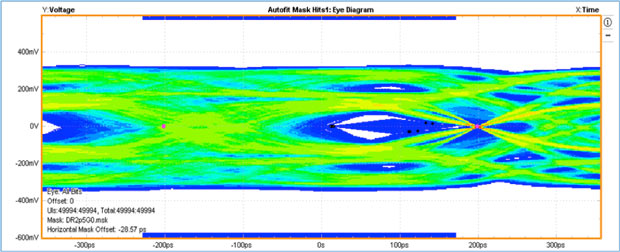


The MIPI Alliance, the organization driving a range of standards for mobile devices, is continually evolving its widely adopted PHY specifications to meet market needs for higher data rates and lower power consumption. For example, D-PHY now operates at 4.5 Gbps compared to just 500 Mbps when it started 10 years ago.
The continual push to boost PHY performance is introducing a host of new test and measurement challenges. One of the bigger challenges, as Tektronix product manager Keyur Diwan describes in a recent article featured in Desktop Engineering, is keeping up with changing receiver test demands.
While many design teams are now turning to arbitrary waveform generator (AWG) technology, especially for D-PHY and C-PHY due to the cost and time savings afforded by AWGs, updates to the signal and stress generation requirements are putting constraints on AWGs. As detailed in the article, these constraints include channel sample rate, memory depth per channel, switching jitter and signal to noise ratio.
AWG5200 Arbitrary Waveform Generator »
AWG70000B Series Arbitrary Waveform Generator »
These considerations all mean it will be important for anyone working on MIPI designs to think about their setups and how they scale to meet the future needs of these evolving technologies. Be sure to read Keyur’s article for the full story.
Learn more about the full range of Tektronix MIPI solutions »


